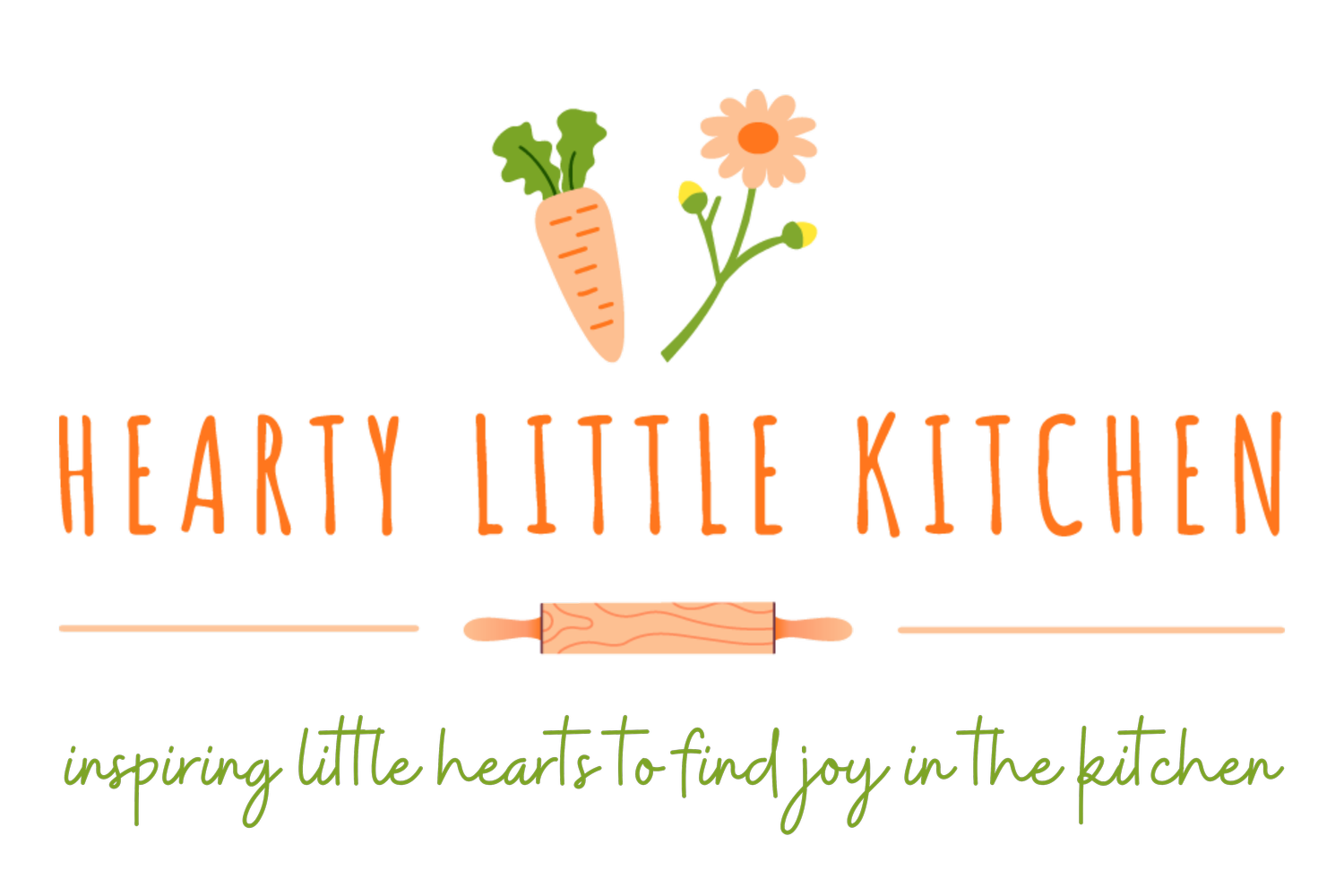Cooking is Science!
In the hustle and bustle of our daily lives, the kitchen often stands as a realm reserved for grown-ups. Inviting kids to help out with the preparation of meals can often be overwhelming and messy and it’s sometimes far easier to just “do it yourself”. Cooking with our kids is more than just a way to teach a life-long skill though and as we delve into the world of kids' cooking, we discover that the joy of preparing meals together is not just about creating delicious dishes; it's an opportunity for children to better understand the world through the exciting lens of science.
States of Matter
In the kitchen, children witness the transformations of ingredients as they transition between different states of matter. From the solid form of butter melting into a liquid as it hits the warm pan to the water in a boiling pot turning into steam, cooking provides an engaging platform to learn about the states of matter and the conditions that cause these changes.
Chemical Reactions
Cooking is essentially a series of chemical reactions, where ingredients combine and transform to create new substances. For example, when baking a cake, the chemical reaction between bicarb soda (baking soda) and acidic ingredients produces carbon dioxide gas, causing the batter to rise. Understanding these reactions not only makes for delicious treats but also introduces kids to fundamental chemistry concepts in an enjoyable and practical way.
Temperature
The kitchen is a playground for temperature experiments. From searing meats at high temperatures to the slow simmering of soups, cooking teaches kids about the effects of heat on different ingredients. Understanding temperature is crucial for achieving the desired texture, flavour, and safety in cooking, making it an essential lesson in both chemistry and physics.
Cell Structure
Vegetables and fruits provide an excellent opportunity to explore the cellular structure of plant-based foods. Slicing a tomato or an apple reveals the intricate patterns of cells, allowing kids to connect their cooking activities with biology. Discussions on the importance of various nutrients found in these cells add a nutritional dimension to the food science experience.
Food Preservation
Preserving food involves more than just throwing it in the fridge. Kids can learn about the science behind food preservation methods such as pickling, canning, and drying. Understanding the role of salt, sugar, acidity, and dehydration in preserving food not only extends the shelf life of ingredients but also introduces concepts related to microbiology and biochemistry.
Force and Motion
Mixing, stirring, kneading and chopping involve various forces and motions. Whisking a batter, for instance, introduces kids to concepts of force and motion as they witness the transformation from a lumpy mixture to a smooth, well-blended batter. Such hands-on experiences not only reinforce scientific principles but also enhance fine motor skills.
The kitchen doesn’t just have to be seen as any other room in the home. It doesn’t even just have to be seen as a place that produces breakfasts, lunches and dinners. The kitchen is a laboratory for scientific exploration and getting our kids cooking offers a unique opportunity to blend the art of preparing delicious meals with the science behind these processes.
So, the next time you find yourself in the kitchen with your little ones, remember that you're not just making a meal; you're conducting a science experiment… one that you can eat!

